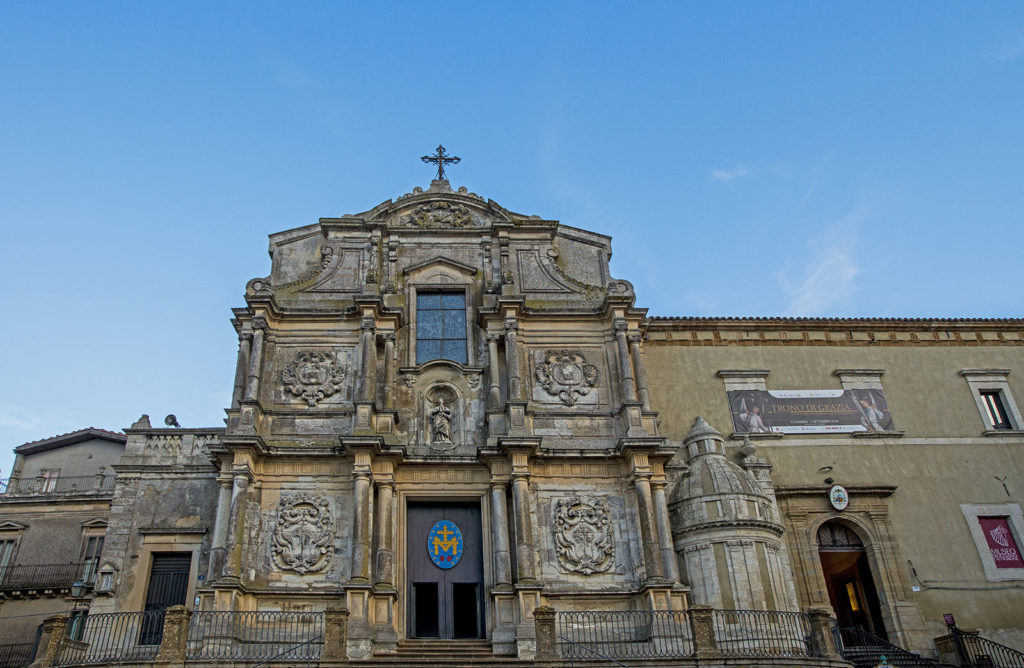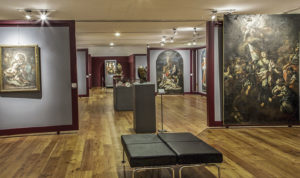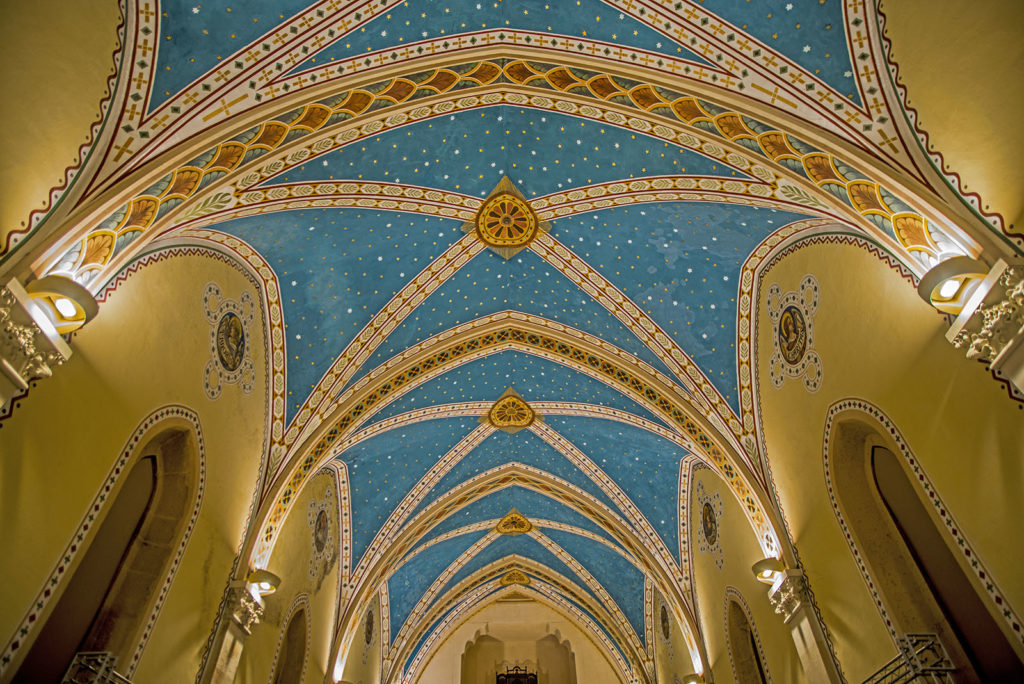Adjacent to the Church of San Francesco d’Assisi all’Immacolata stands the Franciscan convent complex, the largest in the city, located atop one of the hills in Caltagirone and founded in 1236 by Beato Riccardo.
 A complex so important that the surrounding urban fabric was substantially reorganised: the square in front of it was lowered by a few metres and a public road was opened on the left side of the church.
A complex so important that the surrounding urban fabric was substantially reorganised: the square in front of it was lowered by a few metres and a public road was opened on the left side of the church.
The Franciscans’ commitment to the city was already very active even before the earthquake of 1693. In fact, we must remember the contribution of the friar Gerardo Arcolaci for having started the majestic restoration and expansion of the complex and promoting the construction of the bridge of San Francesco, a fundamental element of union within the city.
Over the centuries, the convent underwent various changes in ownership and use, first becoming a barracks, then a court of law, and was finally returned to the ecclesiastical community.
Today the former convent houses the bishop’s apartments, the Biblioteca Pio XI library, the Diocesan Offices, the old Seminary Chapel, built in neo-Gothic style, and the
diocesan museum
.


One of the convent’s most interesting rooms is the parlour, a place where guests of the clerics and seminarians were welcomed. Originally, it was the old Oratory of the Confraternity of the Immaculate Conception, established in 1676 by potters from Caltagirone.
